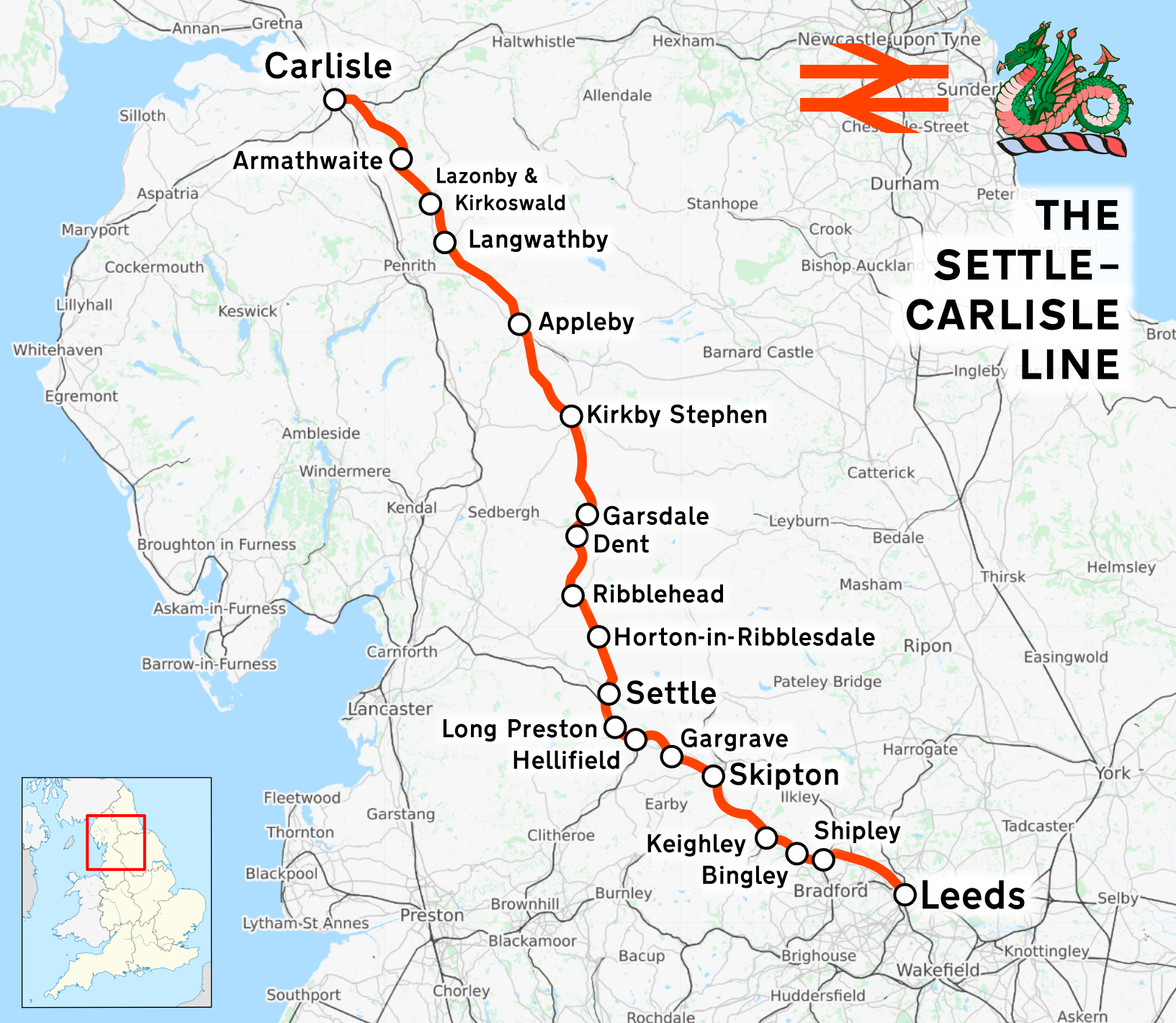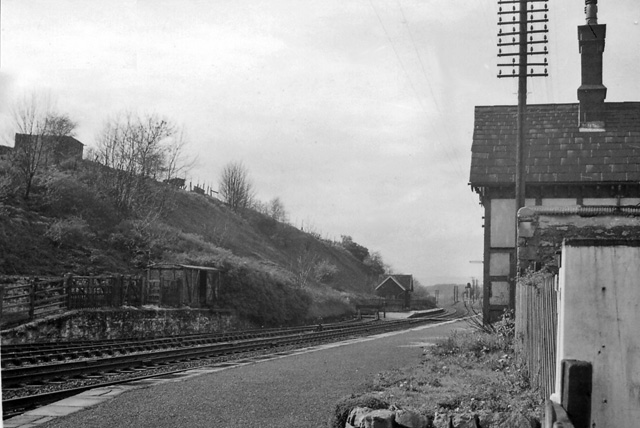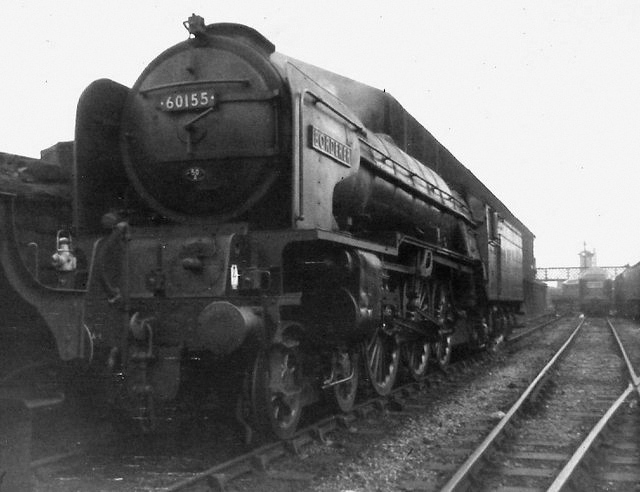|
Settle–Carlisle Line
The Settle–Carlisle line (also known as the ''Settle and Carlisle'' (S&C)) is a main railway line in northern England. The route, which crosses the remote, scenic regions of the Yorkshire Dales and the North Pennines, runs between Settle Junction, on the Leeds–Morecambe line, and , near the English-Scottish borders. The historic line was constructed in the 1870s and has several notable tunnels and viaducts such as the imposing Ribblehead. The line is managed by Network Rail. All passenger services are operated by Northern apart from temporary diverted services (due to closures of the West Coast Main Line) and are part of the National Rail network. Stations serve towns such as Settle in North Yorkshire, Appleby-in-Westmorland in Cumbria and small rural communities along its route. In the 1980s, British Rail planned to close the Settle–Carlisle line. This prompted a campaign to save the line by rail groups, enthusiasts, local authorities and residents along the route. ... [...More Info...] [...Related Items...] OR: [Wikipedia] [Google] [Baidu] |
SR N15 Class 777 Sir Lamiel
Southern Railway 777 ''Sir Lamiel'' is an N15 “King Arthur” class 4-6-0 steam locomotive built for the Southern Railway by the North British Locomotive Company in June 1925, and withdrawn from service in October 1961. The locomotive is named after a fictional minor Knight of the Round Table named Lamiel of Cardiff. Lamiel is mentioned in Book XIX of Thomas Malory's ''Le Morte d'Arthur'', where it is said he was "a great lover". At first, No. 30453 ''King Arthur'' was selected for preservation. However, the lack of a Drummond water cart tender threw those plans out the window. No. 30453 was tragically scrapped as a result of this and No. 30777 was selected for preservation instead. ''Sir Lamiel'' is preserved as part of the National Collection, under the care of the 5305 Locomotive Association, and has been based at the Great Central Railway in Loughborough since 1996. Until 2017, the locomotive ran regular passenger services on the preserved section of the Great Central ... [...More Info...] [...Related Items...] OR: [Wikipedia] [Google] [Baidu] |
Settle Junction Railway Station
Settle Junction railway station was located near the town of Settle, North Yorkshire, England, immediately to south of the junction between the Midland Railway's North Western and Settle-Carlisle branches, northwest of . History It was opened five months after the main line to to serve as an "exchange station" with the older route to Morecambe (as stated in an 1872 report submitted to the Settle and Carlisle Construction Committee of the MR by General Manager James Allport and Chief Engineer John Crossley). However, the expected traffic failed to materialise and after just one year of operation, it was closed on 1 November 1877. Its remote location ( south of Settle and north of Long Preston) undoubtedly contributed to its early demise, as potential travellers had the choice of three alternative stations (, or ) that were all more conveniently sited for their respective communities. Stationmaster W. Jenkins was installed as the first station master in 1876 but only serve ... [...More Info...] [...Related Items...] OR: [Wikipedia] [Google] [Baidu] |
Ingleton, North Yorkshire
Ingleton is a village and civil parish in the Craven district of North Yorkshire, England. The village is from Kendal and from Lancaster on the western side of the Pennines. It is from Settle. The River Doe and the River Twiss meet to form the source of the River Greta, a tributary of the River Lune. The village is on the A65 road and at the head of the A687. The B6255 takes the south bank of the River Doe to Ribblehead and Hawes. All that remains of the railway in the village is the landmark Ingleton Viaduct.OS map 98, Wensleydale and Upper Wharfdale. Arthur Conan Doyle was a regular visitor to the area and was married locally, as his mother lived at Masongill from 1882 to 1917 (see notable people). It has been claimed that there is evidence that the inspiration for the name Sherlock Holmes came from here. Whernside, north-north-east of the village, one of the Yorkshire Three Peaks, is the highest point in the parish at . There are major quarries within the paris ... [...More Info...] [...Related Items...] OR: [Wikipedia] [Google] [Baidu] |
"Little" North Western Railway
The North Western Railway (NWR) was an early British railway company in the north-west of England. It was commonly known as the "Little" North Western Railway, to distinguish it from the larger London and North Western Railway (LNWR). The NWR was first leased, and later taken over, by the Midland Railway (MR). The MR used part of the line for its London to Scotland Settle and Carlisle main line. The NWR main line, which ran from Skipton in the West Riding of Yorkshire to Morecambe on the Lancashire coast, gave the MR access to the west coast in an area dominated by the rival LNWR. Part of the line, between Lancaster and Morecambe, was used in the early twentieth century for pioneering overhead electrification. Two-thirds of the line, in North Yorkshire, is still in use today, mainly for local services. Of the dismantled Lancashire section, two-thirds has been reused as a combined cyclepath and footpath. Formation The North Western Railway was incorporated on 26 June 1846 to ... [...More Info...] [...Related Items...] OR: [Wikipedia] [Google] [Baidu] |
London And North Western Railway
The London and North Western Railway (LNWR, L&NWR) was a British railway company between 1846 and 1922. In the late 19th century, the L&NWR was the largest joint stock company in the United Kingdom. In 1923, it became a constituent of the London, Midland and Scottish (LMS) railway, and, in 1948, the London Midland Region of British Railways: the LNWR is effectively an ancestor of today's West Coast Main Line. History The company was formed on 16 July 1846 by the amalgamation of the Grand Junction Railway, London and Birmingham Railway and the Manchester and Birmingham Railway. This move was prompted, in part, by the Great Western Railway's plans for a railway north from Oxford to Birmingham. The company initially had a network of approximately , connecting London with Birmingham, Crewe, Chester, Liverpool and Manchester. The headquarters were at Euston railway station. As traffic increased, it was greatly expanded with the opening in 1849 of the Great Hall, designed by P ... [...More Info...] [...Related Items...] OR: [Wikipedia] [Google] [Baidu] |
Midland Railway
The Midland Railway (MR) was a railway company in the United Kingdom from 1844. The Midland was one of the largest railway companies in Britain in the early 20th century, and the largest employer in Derby, where it had its headquarters. It amalgamated with several other railways to create the London, Midland and Scottish Railway at grouping in 1922. The Midland had a large network of lines emanating from Derby, stretching to London St Pancras, Manchester, Carlisle, Birmingham, and the South West. It expanded as much through acquisitions as by building its own lines. It also operated ships from Heysham in Lancashire to Douglas and Belfast. A large amount of the Midland's infrastructure remains in use and visible, such as the Midland main line and the Settle–Carlisle line, and some of its railway hotels still bear the name '' Midland Hotel''. History Origins The Midland Railway originated from 1832 in Leicestershire / Nottinghamshire, with the purpose of serving the needs o ... [...More Info...] [...Related Items...] OR: [Wikipedia] [Google] [Baidu] |
LNER Peppercorn Class A1 60163 Tornado
LNER Peppercorn Class A1 No. 60163 ''Tornado'' is a 4-6-2 steam locomotive completed in 2008 to an original design by Arthur Peppercorn. It is the first new build British mainline steam locomotive since 1960, and the only Peppercorn Class A1 in existence after the original batch were scrapped. In 2017, ''Tornado'' became the first steam locomotive to officially reach 100 mph on British tracks in over 50 years. After the project was founded by the A1 Steam Locomotive Trust in 1990, construction of ''Tornado'' began in 1994 and mostly took place at Darlington Works, with other components manufactured elsewhere. The project was financed through fundraising initiatives, public donations, sponsorship deals, and hiring out ''Tornado'' itself for special services. The locomotive was granted its mainline certificate in January 2009, having been designed in compliance with modern safety and certification standards''. Tornado'' has worked on heritage and mainline trains across ... [...More Info...] [...Related Items...] OR: [Wikipedia] [Google] [Baidu] |
Railtour
A railtour is a special train which is run in order to allow people to experience rail travel which is not normally available using timetabled passenger services. The 'unusual' aspect may be the route of the train, the destination, the occasion, specific sections of railway track (for example, freight-only lines), the locomotive hauling the train, the rolling stock (passenger carriages), or any combination of these. Organisers may own or hire locomotives or rolling stock, or tours may be organised by railway management or other bodies outside the railway fraternity. Perhaps the most famous railtour in England was the ''Fifteen Guinea Special'', the last steam hauled main line train run by British Rail. Railtours are often identifiable through the use of a train headboard, often identifying the name of the specific tour or the tour operator. On TOPS, railtours are always given a 1Zxx headcode. Types of Railtour Destination tours A 'destination' railtour is often associated with a ... [...More Info...] [...Related Items...] OR: [Wikipedia] [Google] [Baidu] |
British Rail
British Railways (BR), which from 1965 traded as British Rail, was a state-owned company that operated most of the overground rail transport in Great Britain from 1948 to 1997. It was formed from the nationalisation of the Big Four British railway companies, and was privatised in stages between 1994 and 1997. Originally a trading brand of the Railway Executive of the British Transport Commission, it became an independent statutory corporation in January 1963, when it was formally renamed the British Railways Board. The period of nationalisation saw sweeping changes in the railway. A process of dieselisation and electrification took place, and by 1968 steam locomotives had been entirely replaced by diesel and electric traction, except for the Vale of Rheidol Railway (a narrow-gauge tourist line). Passengers replaced freight as the main source of business, and one-third of the network was closed by the Beeching cuts of the 1960s in an effort to reduce rail subsidies. On privatis ... [...More Info...] [...Related Items...] OR: [Wikipedia] [Google] [Baidu] |
Appleby-in-Westmorland
Appleby-in-Westmorland is a market town and civil parish in the Eden District of Cumbria, England, with a population of 3,048 at the 2011 Census. Crossed by the River Eden, Appleby was the county town of the historic county of Westmorland. It was known just as Appleby until 1974–1976, when the council of the successor parish to the borough changed it to retain the name Westmorland, which was abolished as an administrative area under the Local Government Act 1972. It lies south-east of Penrith, south-east of Carlisle, north-east of Kendal and west of Darlington. History The town's name derives from the Old English ''æppel-by'', meaning "farm or settlement with apple trees". St Lawrence's Parish Church is recorded in the National Heritage List for England as a designated Grade I listed building. Appleby Castle was founded by Ranulf le Meschin in the early 12th century. The Borough followed by royal charter in 1179 and its Moot Hall was built about 1596. Surviving t ... [...More Info...] [...Related Items...] OR: [Wikipedia] [Google] [Baidu] |
Settle, North Yorkshire
Settle is a market town and civil parish in the Craven district of North Yorkshire, England. Historically in the West Riding of Yorkshire, it is served by Settle railway station located near the town centre, and Giggleswick railway station which is a mile away. It is from Leeds Bradford Airport. The main road through Settle is the B6480, which links to the A65, connecting Settle to Leeds, Ilkley, Skipton and Kendal. The town had a population of 2,421 in the 2001 Census, increasing to 2,564 at the 2011 Census. History Settle is thought to have 7th-century Anglian origins, its name being the Angle word for settlement. Craven in the ''Domesday Book'' shows that until 1066 Bo was the lord of Settle but after the Harrying of the North (1069–1071) the land was granted to Roger de Poitou. In 1249 a market charter was granted to Henry de Percy, 7th feudal baron of Topcliffe by Henry III. A market square developed and the main route through the medieval town was aligned on ... [...More Info...] [...Related Items...] OR: [Wikipedia] [Google] [Baidu] |
West Coast Main Line
The West Coast Main Line (WCML) is one of the most important railway corridors in the United Kingdom, connecting the major cities of London and Glasgow with branches to Birmingham, Liverpool, Manchester and Edinburgh. It is one of the busiest mixed-traffic railway routes in Europe, carrying a mixture of intercity rail, regional rail, commuter rail and rail freight traffic. The core route of the WCML runs from London to Glasgow for and was opened from 1837 to 1869. With additional lines deviating to Northampton, Birmingham, Manchester, Liverpool and Edinburgh, this totals a route mileage of . The Glasgow–Edinburgh via Carstairs line connects the WCML to Edinburgh, however the main London–Edinburgh route is the East Coast Main Line. Several sections of the WCML form part of the suburban railway systems in London, Coventry, Birmingham, Liverpool, Manchester and Glasgow, with many more smaller commuter stations, as well as providing links to more rural towns. It is one of the ... [...More Info...] [...Related Items...] OR: [Wikipedia] [Google] [Baidu] |







.jpg)

